In Stellenbosch, Pinotage Wishes and Bobotie Dreams at Knorhoek Wine Estate
We knew South Africa produced wine. We knew we wanted some — we hadn’t had a proper glass since leaving Atlanta. That’s about all we knew when we arrived in Stellenbosch, a picturesque, white-washed university town at the heart of South African wine country. In the days that followed, we expanded our education. We learned about Pinotage, a uniquely South African varietal (a cross of Pinot Noir and Cinsaut/Hermitage) that we now absolutely love. We drank some amazing Chenin blanc, also a new taste for us. South Africa grows a lot of Chenin blanc — apparently more Chenin blanc is grown in South Africa than in the Loire Valley, the grape’s home. We also imbibed some decadent and delicious dessert wines, ports and brandies, another South African speciality. Jordan particularly liked a rooibos-infused vermouth that would be perfect in his Manhattans.
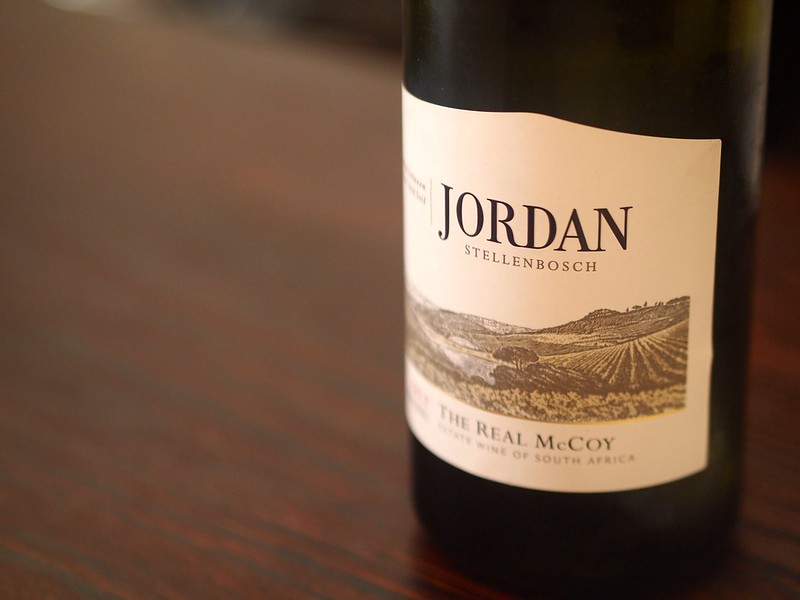
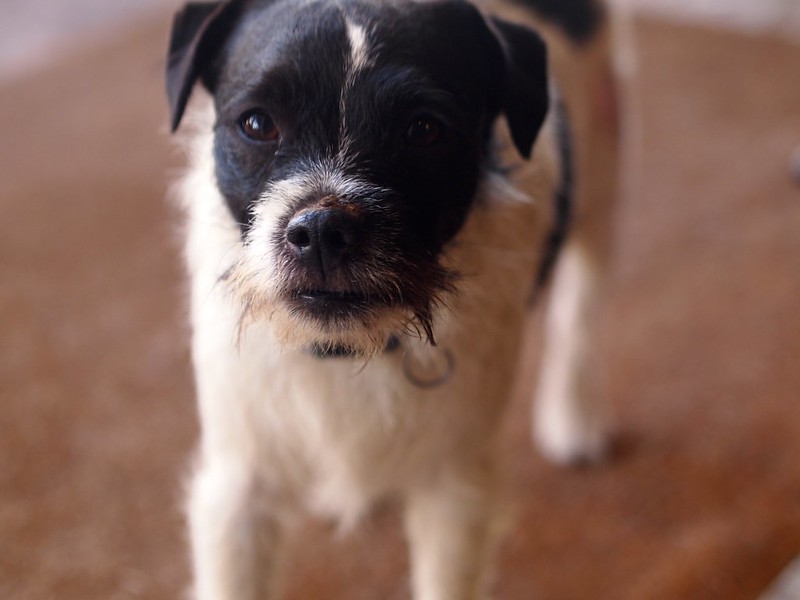
And, when in wine country, what better place to stay than on an old wine estate? We bunked for our stay at Knorhoek Wine Estate, which is located about a 10-minute drive from the Stellenbosch city center. Established in 1827, the farm has been in the same family for five generations. It’s run by two husband-and-wife teams. The men run the vineyard side of the business, and their wives preside over their lovely guesthouse. I’m a sucker for old converted spaces, and at Knorhoek the guesthouse is in what was once the coach house, stables, and blacksmith’s forge. We had a comfortable, spacious apartment with an amazing view of the Simonsberg Mountains! We kicked off our weekend with some of the estate’s red blend on our little porch. Perfect. The owners couldn’t have been nicer or more helpful, giving us advice on places to visit and asking how our day went. Lance, the sixth-generation of this wine-making family, was even a former overlanding guide and told us some entertaining horror stories. Bonus: Knorhoek’s tasting room was right next to our apartment. They do a really nice Chenin blanc and Bordeaux-style blend. Knorhoek also offers breakfast and dinner to its guests for an additional charge. We didn’t eat breakfast there, but we did have dinner there one night, enjoying bobotie, a traditional South African casserole of spiced ground beef and sweet chutney that tasted like meat loaf, and fresh-baked bread.
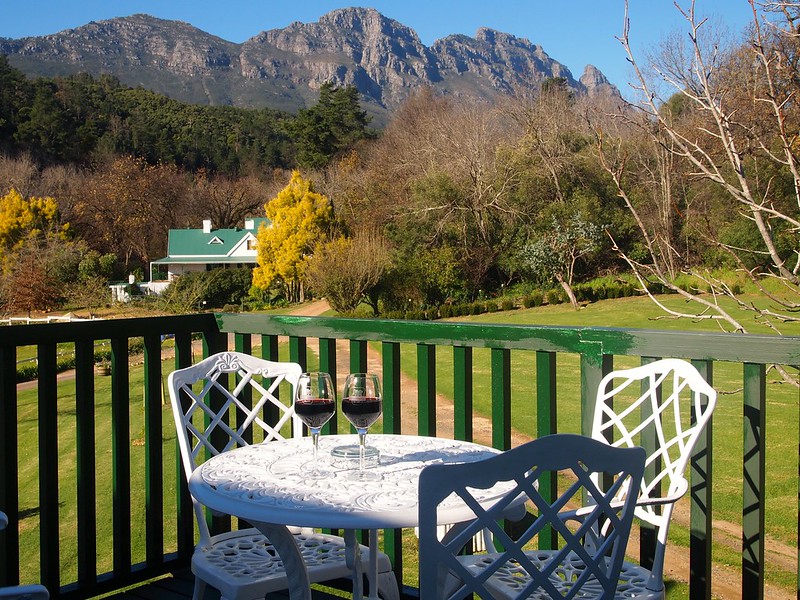
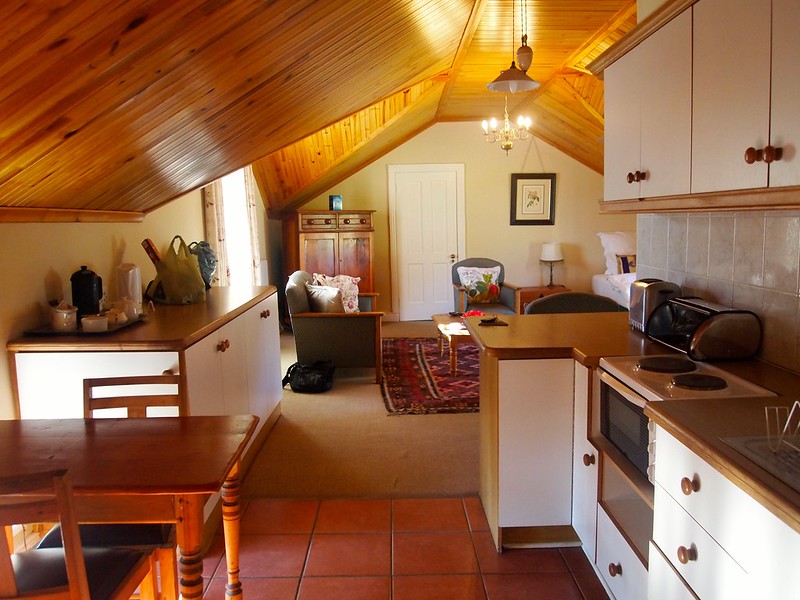

One thing that surprised us about South African wine culture is how old it is. Wine-making came with the settlers from the Dutch East India Company and many of the vineyards have been farming grapes since the 1600s. One of the wineries we went to right outside of Cape Town, Groot Constantia, used to be considered among the best wines in the world and sent its vintage to the royal courts of Europe. It was even recommended as a cure-all by Miss Jane Austen herself in Sense and Sensibility.
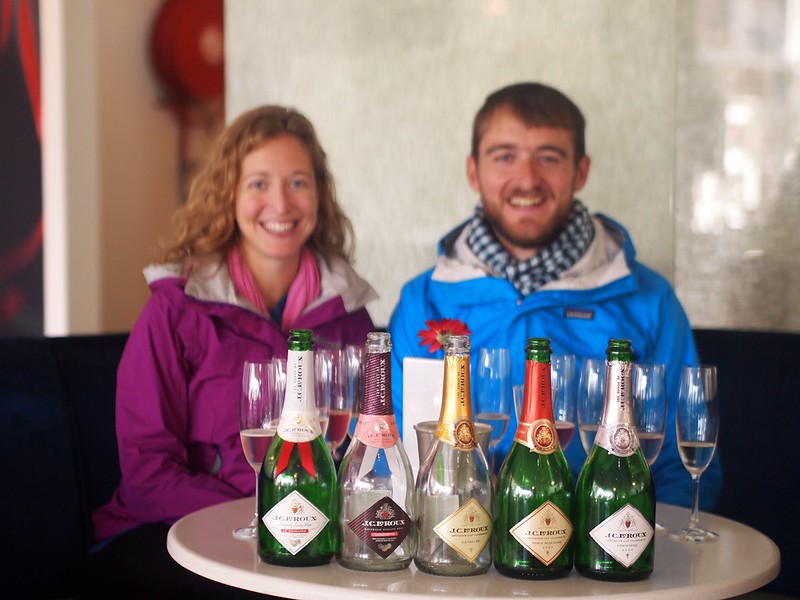

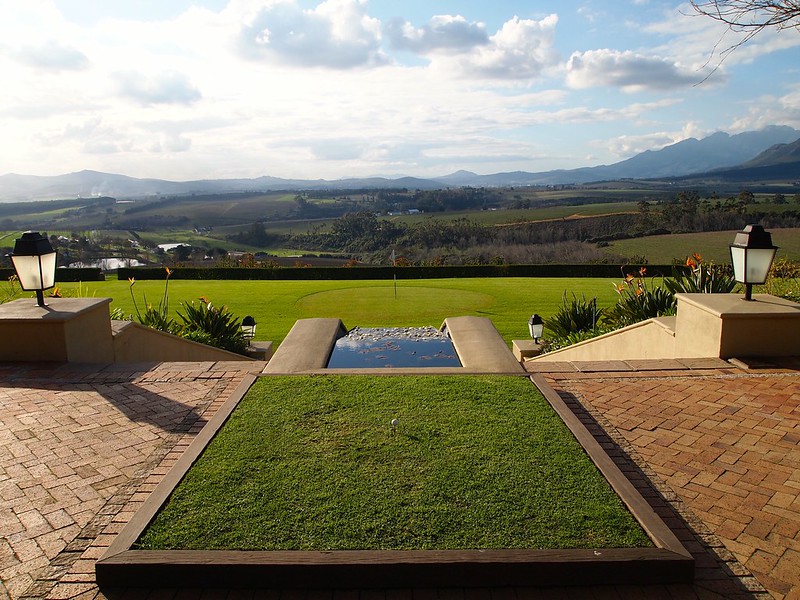
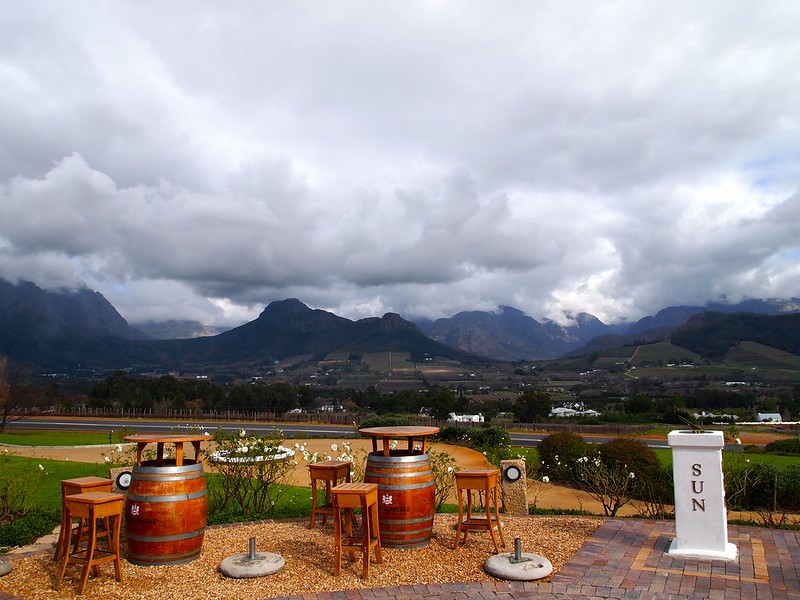
The most important and pleasant lesson of all: South African wine is seriously inexpensive. Tastings normally set us back only about $2 US. We rarely found a bottle costing more than $10 US (~100 rand) and the best, oldest bottles available topped out at around $30 US. The Knorhoek red blend we were so fond of? Just $3 a bottle. Take that Two-Buck Chuck! We aren’t wine snobs, so I couldn’t tell you how the quality stacks up against bottles from France or Napa. But I do know that they are delicious and great value for money. After 3 weeks of camping in the African bush, this was just what the doctor ordered.
Disclaimer: We were sponsored guests of Knorhoek Wine Estate’s guesthouse. As always, the writing and opinions here are our own.
